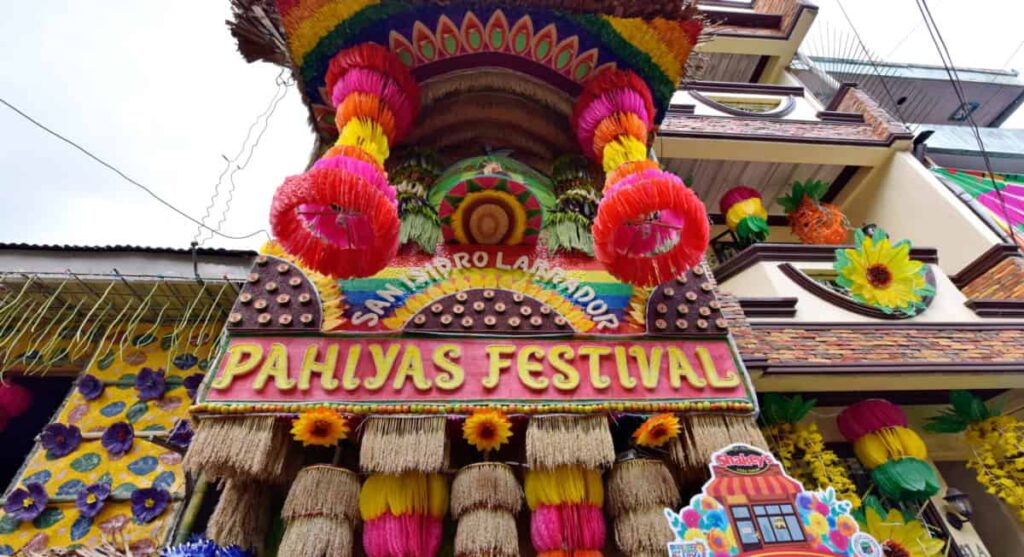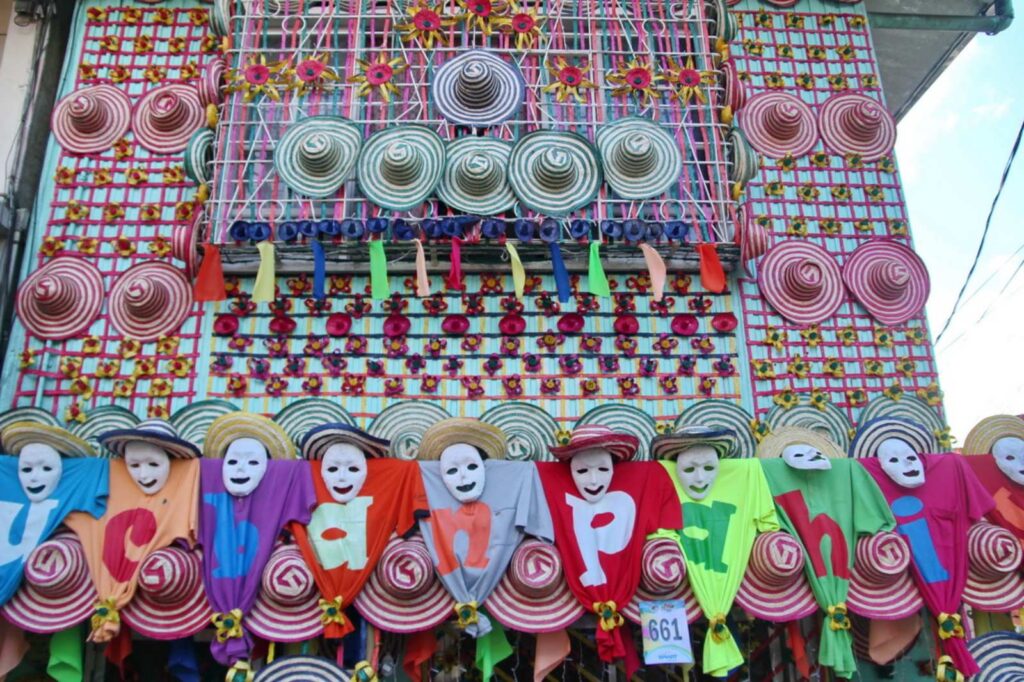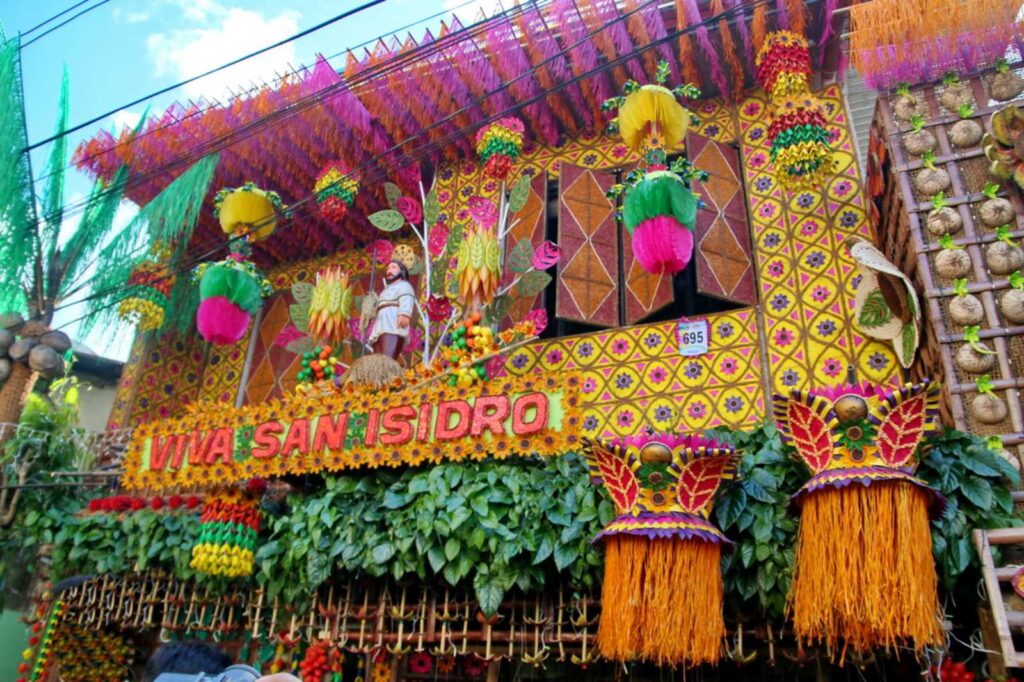EATING home decor may seem weird, but for the townsfolk and visitors of Lucban, Quezon, kiping, which adorns houses during the San Isidro Pahiyas Festival held every May 15, is one heck of a delicious treat.
A colorful leaf-shaped wafer, kiping is eaten grilled or fried and dipped in sugar, vinegar or other sauces. It is created with molds made from leaves of non-toxic plants that do not have unusual tastes. The most commonly used are leaves from kabal, coffee, talisay, cacao, antipolo and saba banana.




Time-consuming process
Rice paste is made from glutinous rice (usually stocked for a year) that have been soaked for two hours before being ground into a paste. It is mixed with water, three packets of food color and 1/2 teaspoon of rock salt (for every ganta of rice). The paste is then spread on the leaf molds and steamed for 30 minutes.
After steaming, the leaves are dried under the shade until ready for peeling off. They are piled on top of each other and weighted down for half a day. They are then separated and dried again, compressed under a weight for another half day. They are hung on strings for storage. There’s a superstition that in order to prevent the kiping from cracking, silence must be observed during the entire preparation.
Edible art
The Pahiyas Festival, originally known as the Feast of San Isidro, showcases houses embellished with kiping and accented with fruits, vegetables, flowers, plants, rice and other ornaments like hats, mats, bags, hand-held fans and longganisa as a way of offering their gratitude for the year’s harvest to San Isidro Labrador, patron saint of farmers.
An anok or mannequin clothed in a farmer’s outfit and farming tools are also displayed during the festivity.
Initially, the celebration was an animistic ritual practiced by the pre-Christian Filipinos to honor their rice god, Ampo’t Paray, and ask for bountiful harvests. San Isidro did not come into the picture until the 16th century when Spanish friars and missionaries introduced Roman Catholicism into the country’s cultural and religious practices.
Bigger yields overwhelmed the town, which boosted the saint’s popularity and convinced more people to convert to the Roman Catholic religion.
Bumper crop grew with time until the church of Lucban, where the pickings were stored as offering to the saint, could no longer accommodate them. As an alternative, farmers displayed their produce in front of their abodes so the priest could bless them during the annual procession. Through the years, the event turned into a contest of creativity as households outdid each other in making eye-catching trimmings.
The central decoration is kiping dyed in fuchsia, emerald, vermillion, sunshine yellow and orange. The wafers are strung together to form lanterns, multitiered chandeliers called arangya, gigantic butterflies and flowers. The visual effect is astounding that during the celebration, Lucban is awash in hues that match the people’s devotion to San Isidro and passion for their centuries-old tradition.
Community bonding
During the Pahiyas (which comes from the words “payas”, meaning to decorate, and “hiyas”, a rare stone), the houses along the route of the procession are especially decorated and participate in a contest.
In Lucban, the food adornments and the people’s effort and work are part of the joyous fiesta package. At the Pahiyas, the townsfolk are all craftsmen.
The kiping, grains, veggies and fruits are the palette from which the Lucbanins create their food art. There are, however, additions and deviations.
During Martial Law, there were tableaus with life-size dummies clad in military fatigues and bearing guns. In other years, there were telephone linemen and one grouping representing the founders of Lucban. Then there was the leche flan maker who made a mural of eggshells covering the facade of her residence. Popular with the children was the stage of fruits and nuts where a live monitor lizard was tied to a pandan fruit. A couple showcased three large arangya; a carretela on their second floor balcony, loaded with fruits and vegetables; a sunflower mural of kiping mosaic on one side; and below, a real horse in a stable to go with the carriage above.
At sundown, the kiping becomes food – a memory of beauty, artistry, community bonding, friendly competition, the thrill of creation and daring to be different. It represents the joy of being alive, being Lucbanin and being Filipino.





